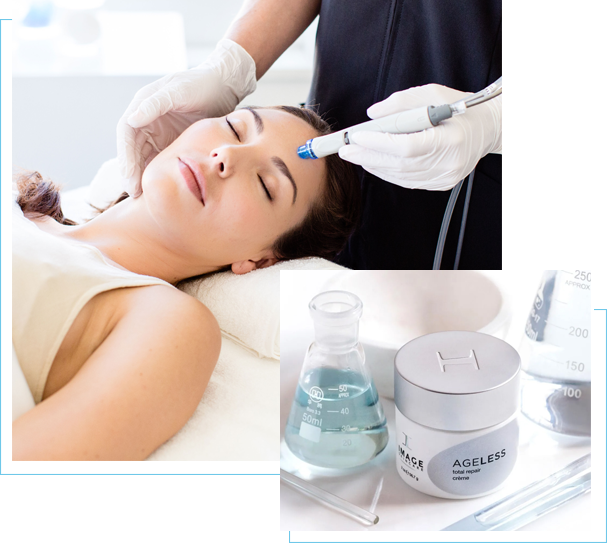The human body healed itself naturally for thousands of years before the advent of modern medicine. It has great recuperative ability. After the complete removal of the tumor, several options may be considered for managing the wound.
Healing by spontaneous granulation
Letting the wound heal by itself is rarely done, but does decrease the chance of a recurrent cancer being invisible or hidden and in selected body locations offers an excellent cosmetic outcome. If at any time during the course of healing, the scar is deemed to be unacceptable, a cosmetic surgical procedure can be performed
Closing the wound or part of the wound with stitches
This procedure often speeds healing and can offer good cosmetic results, especially when the scar can be hidden in a line of facial expression or wrinkling. Sutures generally remain in place for 5 to 7 days and occasionally up to two weeks, depending on the location. Do not bathe the area until the dressings are removed. You must avoid swimming for 25 days.
Closing the wound with skin grafts, flap repairs, or other reconstructive procedures
For wounds that are too large for primary closure, Dr. Miller may repair the wound with a flap or skin graft. Occasionally, a further tune-up of the repair may be needed, such as laser abrasion or scar revision. Sometimes delayed closures of wounds may be required. Dr. Miller will re-discuss these options with you after the cancer has been totally removed. PATIENTS REFERRED FOR MOHS SURGERY BY ANOTHER SURGEON WILL HAVE THEIR REPAIR DONE BY THAT SURGEON ON THE DAY OF MOHS SURGERY OR THE NEXT DAY.


